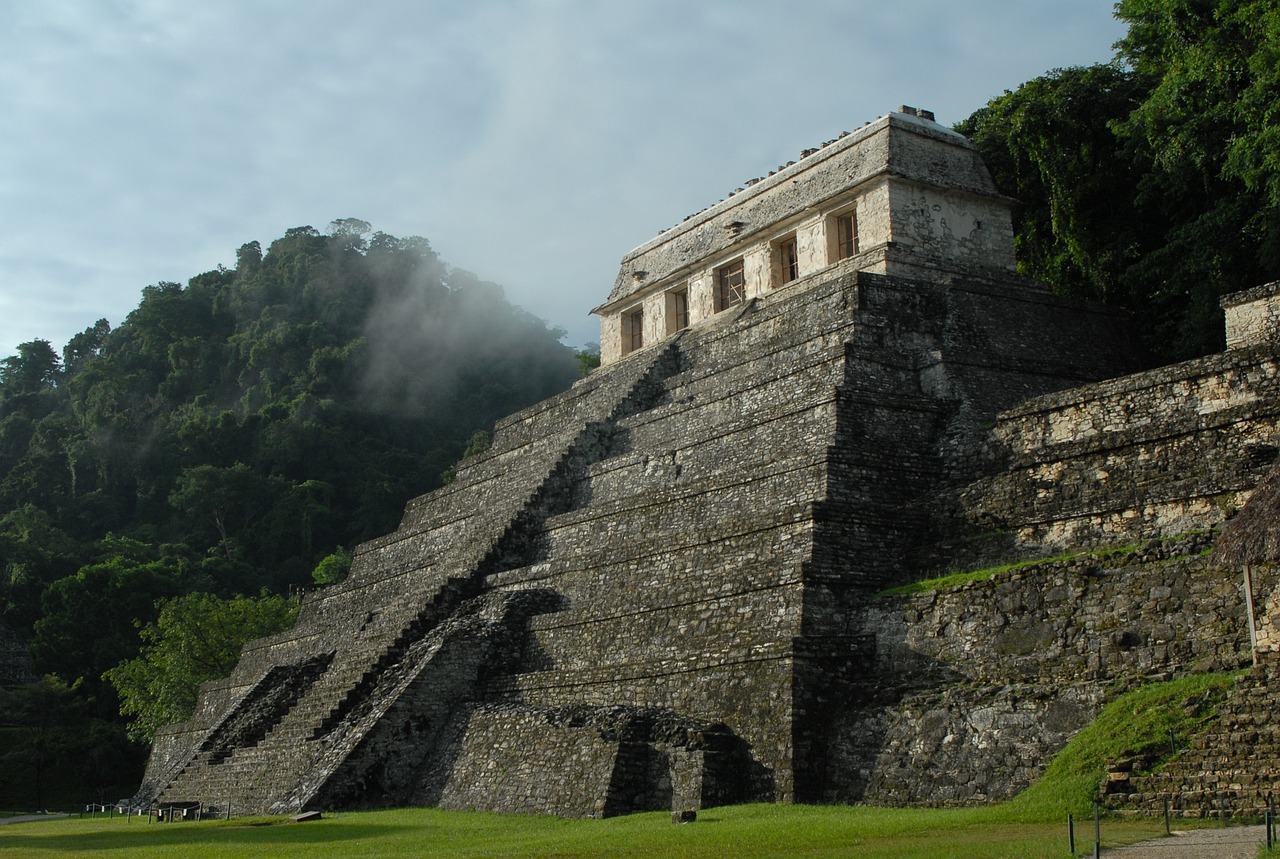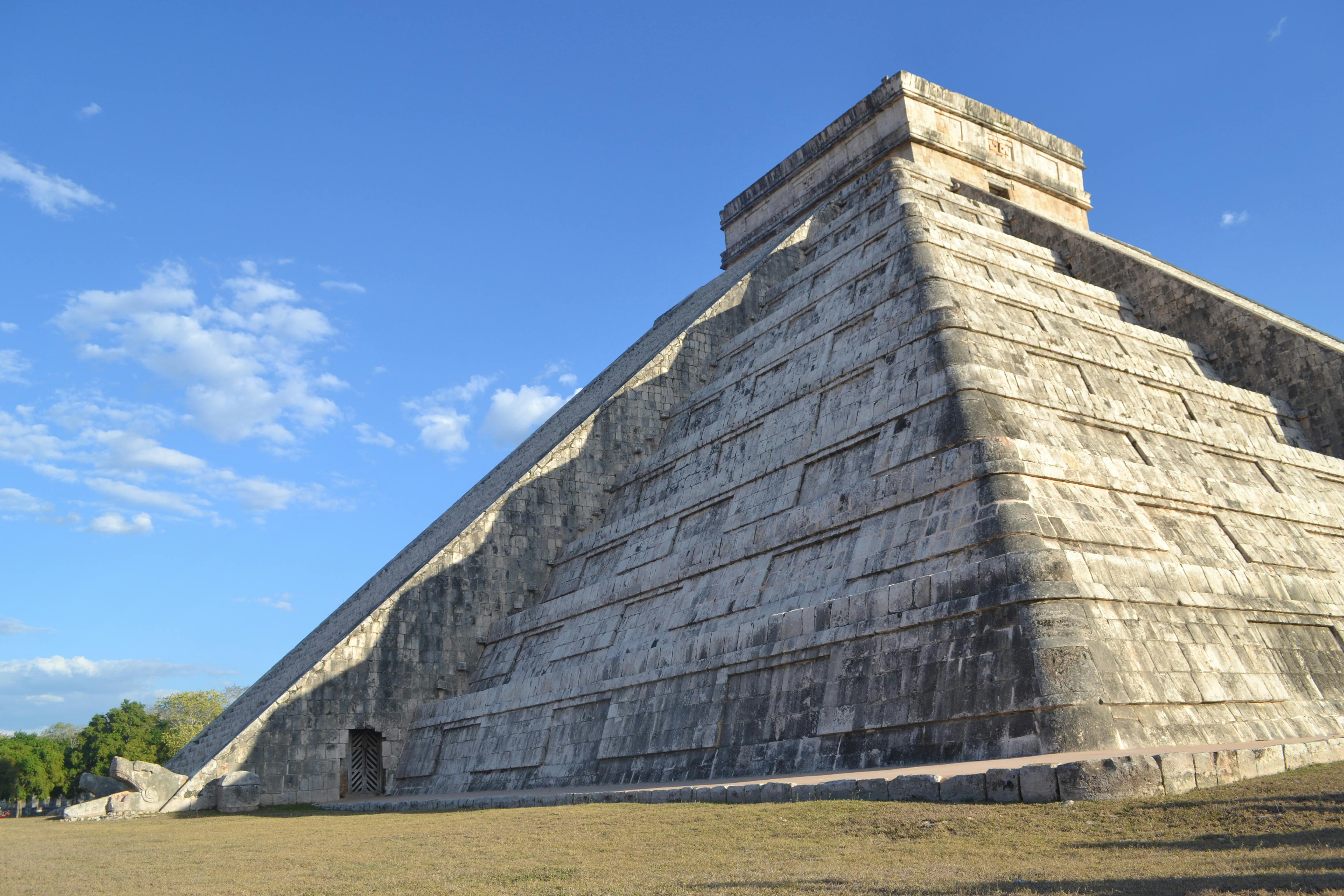Ancient genomes uncover details of Mayan human sacrifice rituals
Ancient genomes uncover details of Mayan human sacrifice rituals
Pablo Librado, Principal Investigator at the Institute of Evolutionary Biology (IBE), participates in the study that reveals new insights into burial rituals in the ancient Mayan city of Chichén Itzá.
The results are gained through the analysis of ancient DNA from 64 individuals, who were likely sacrificed over a period of 500 years.
The findings, published in Nature, indicate that many individuals found in an underground storage chamber were males and closely related. The investigation also demonstrates genetic continuity in the Maya region into the present day.

The ancient city of Chichén Itzá in Yucatán, Mexico, became a dominant Mayan settlement during the Terminal Classic period (800–1000 AD). Evidence of ritual sacrifices is abundant throughout the site, including the Sacred Cenote, a large sinkhole containing the remains of more than 200 individuals. However, details surrounding the ceremonial practices remain unclear. Now, an international study published in Nature discovered a practice of ritual child sacrifice focused exclusively on males and close kin relationships, including two pairs of identical twins. Further comparison to Maya populations with present-day populations reveals the genetic impact of colonial-era epidemics.
The international team from the Max Planck Institutes for Evolutionary Anthropology, the National School of Anthropology and History (ENAH), the National Institute of Anthropology and History (INAH), and Harvard University, with the participation of Pablo Librado, Principal Investigator at the Institute of Evolutionary Biology (IBE: CSIC-UPF), conducted an in-depth genetic investigation of the remains of 64 children ritually interred within the chultún at Chichén Itzá.
Paleogenomics sheds new light on Mayan ritual sacrifices
In 1967, a chultún — an underground cistern or water storage chamber — containing more than 100 young individuals was discovered near the Sacred Cenote of Chichén Itzá, in Yucatán, Mexico. Chichén Itzá is known for its extensive evidence of ritual killing, which includes both the physical remains of sacrificed individuals and representations in monumental art. Despite its notoriety, the role and context of ritual killing at the site remain poorly understood, and many secrets remain hidden within the remains.
Thanks to modern paleogenomic techniques, which have revolutionised the field of paleoanthropology in the last decade, this study was able to recover and analyse the ancient DNA from 64 of these individuals. The dating indicates that the chultún was in use between the early seventh century AD and the mid-twelfth century AD.
“Rodrigo Barquera and his colleagues from the Max Planck Institute did a fantastic job retrieving ancient genomes from Mexico, a tropical region.” Pablo Librado, Principal Investigator at the IBE and coauthor of the study, says.
Discovered new insights into Mayan ritual sacrifices
Although the chultún was used for mortuary purposes for more than 500 years, most children were interred during the 200-year period of Chichén Itzá’s political apex between 800 and 1000 AD.
The genetic analyses reveal that all 64 individuals were male, and around 25% of those were closely related, including two sets of twins. By contrast, young adult females and children have been found in the Sacred Cenote. The ritualistic sacrifice of children has been speculated to be offerings to gods for improving crop yields and rainfall, the authors note, and twin sacrifice has been associated with Mayan mythology.
Many of the children had been drawn from local Maya populations, the study reveals, and a quarter of them were closely related to at least one other child in the chultún. These young relatives had consumed similar diets, suggesting they were raised in the same household.

Ancient genome reveals the genetic legacy of colonial epidemics
In addition to uncovering the identity of the individuals found in the chultún, the genetic comparison with present-day people from the region reveals genetic continuity. This finding suggests that the sacrificed individuals were from nearby Mayan communities rather than from further away.
“When I completed this analysis, I was surprised that ancient Mayan communities did not become genetically extinct, but survive among us having adopted a different culture.” Pablo Librado, Principal Investigator at the IBE and coauthor of the study, says.
The authors also identify variations in genetic sequences in the present population associated with immunity that might indicate adaptation due to infectious diseases, such as Salmonella enterica. This pathogen was brought to the region during the colonial period of the 16th century and has been recently identified as being the cause of one of the most serious epidemics of that period.
Together, the findings of this study imply a preference for the sacrifice of male children in the context of the chultún, as well as providing insights into the genetic history of people in this region.
Referenced article
Barquera, R., Del Castillo-Chávez, O., Nägele, K. et al. Ancient genomes reveal insights into ritual life at Chichén Itzá. Nature (2024). https://doi.org/10.1038/s41586-024-07509-7
